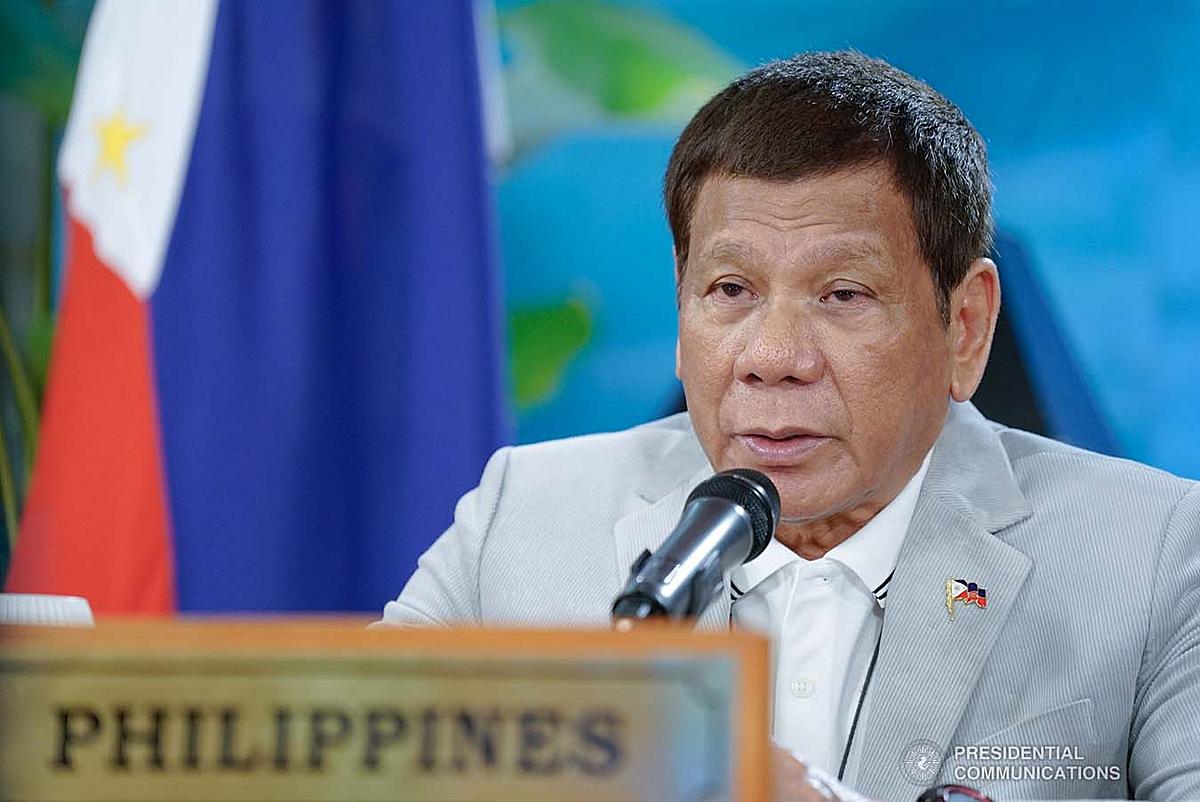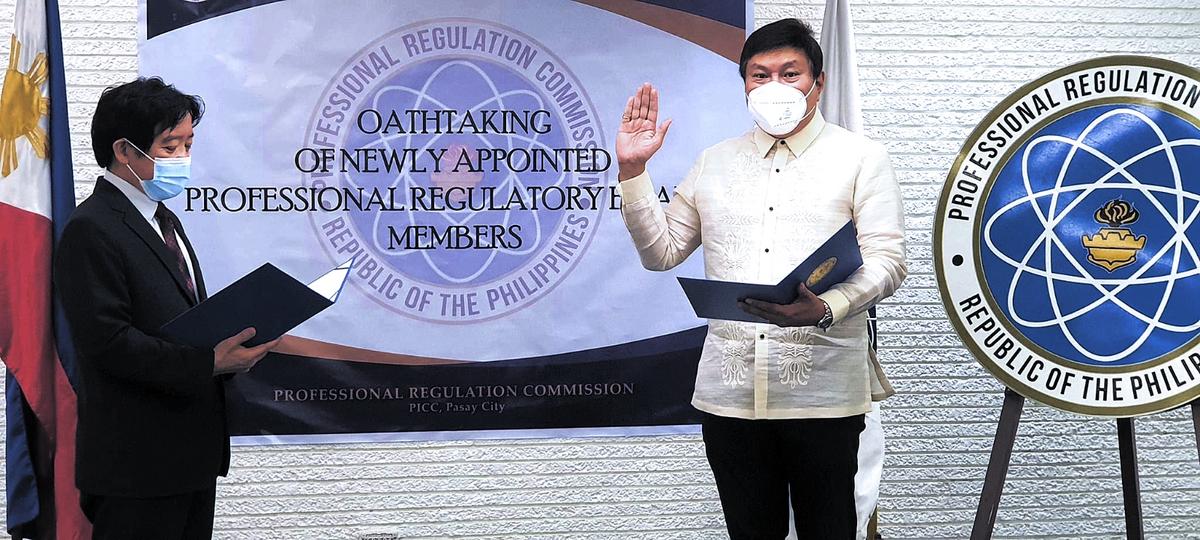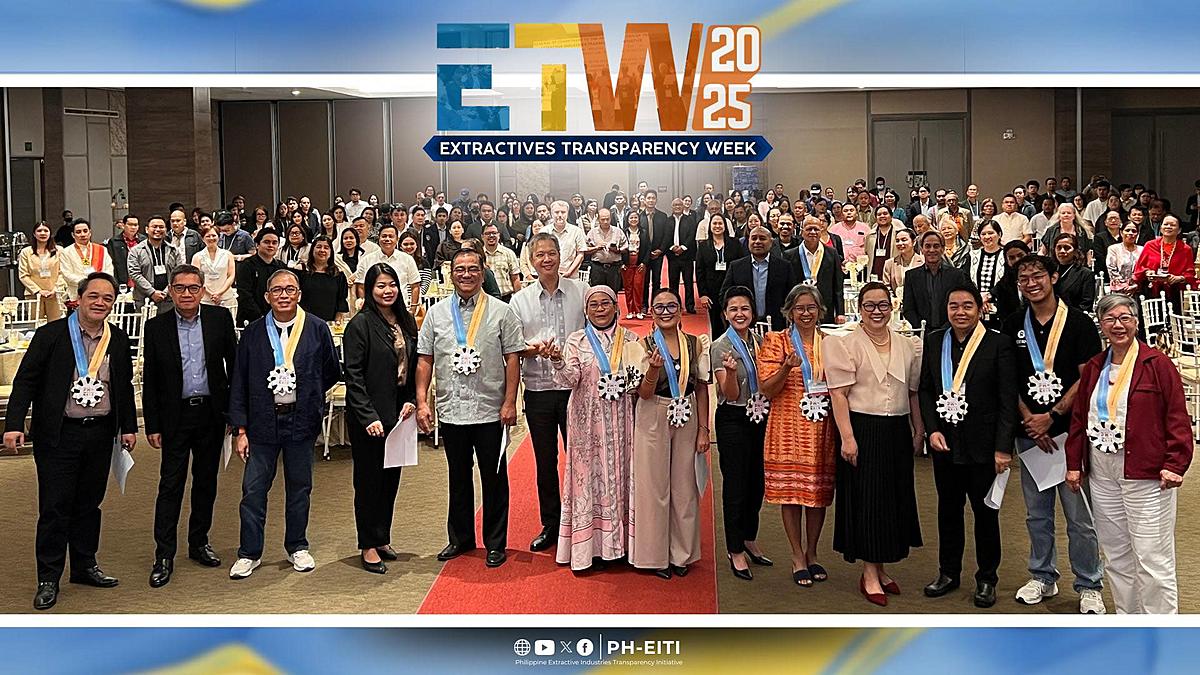President Rodrigo Roa Duterte delivers his remarks during the virtual plenary session of the 37th ASEAN Summit and Related Summits hosted by the Socialist Republic of Vietnam at the Malacañang Golf (Malago) Clubhouse, Malacañang Park. (Photo credit: King Rodriquez / Presidential photo, Presidential Communications Operations Office website)
President Rodrigo R. Duterte attended a virtual summit of world leaders to discuss the COVID-19 pandemic, South China Sea dispute, trade and other issues. The virtual event is the plenary session of the 37th Association of Southeast Asian Nations (ASEAN) Summit and Related Summits hosted by the Socialist Republic of Vietnam that will last until November 25.
On his speech, he asserted the Philippines’s arbitral win and emphasised the legal victory is now part of “international law”. [1]
He said, “The Philippine position is clear and firm. We must solve the disputes peacefully and in accordance with international law, including UNCLOS (United Nations Convention on the Law of the Sea).”
“The 2016 arbitral award on the South China Sea is an authoritative interpretation of the application of UNCLOS. It is now part of international law. And its significance cannot be diminished nor ignored by any country, however big and powerful.”
President Duterte also emphasised the need to fast-track a “Code of Conduct” in the South China Sea in order to promote peace and stability in the busy waterway.
“The Philippines is one with ASEAN in transforming the South China Sea into a sea of peace and prosperity for all. We are committed to the immediate conclusion of a substantive and effective Code of Conduct in the South China Sea. And if I may add, it has been a long time and it is a long wait,” he said.
Since President Duterte assumed office in 2016, he addressed the maritime issue with China through a non-adversarial approach. China has an important role in the President’s “Build, Build, Build” infrastructure program as they had been providing financial assistance to several major infrastructure projects in the Philippines such as bridges and railways.
South China Sea Dispute -- In China’s Nine-dashed Line Map the Philippines loses about 80% of its Exclusive Economic Zone facing the West Philippine Sea. This includes the entire Reed Bank and part of the Malampaya gas field. This loss covers 381,000 square kilometers of maritime space and 100% of the Philippines’ Extended Continental Shelf which covers an estimate of over 150,000 square kilometers of maritime space. South China Sea is also rich in methane hydrate which is a potential source of energy.
How did the South China Sea dispute start? Why is the Philippines involved in this conflict with China?
On 7 May 2009 when China submitted the Nine-dashed Lines Map to the United Nations. Their map claims large areas of the Exclusive Economic Zone (EEZ) and Extended Continental Shelf (ECS) of the Philippines, Vietnam, Malaysia, Brunei, and Indonesia. On the map, China is claiming 85.7% of the entire South China Sea. Their claim covers 3 million square kilometers out of the 3.5 million square kilometers surface area of the South China Sea. Since China did not provide any legal basis for the dashes, and the dashes also had no fixed coordinates, Philippines, Malaysia, Vietnam and Indonesia protested against China’s claim.
The Philippines is greatly affected by the Nine-dashed Lines Map because the Philippines loses about 80% of its EEZ facing the West Philippine Sea. This includes the entire Reed Bank and part of the Malampaya gas field. That is around 381,000 square kilometers of loss in maritime space, and 100% of the Philippines’ ECS which covers an estimate of 150,000 square kilometers of maritime space.
Therefore, in January 2013, the Philippines formally initiated arbitration proceedings against China’s claim on the territories within the Nine-dashed Lines that includes the Scarborough Shoal. Then, Justice Antonio T. Carpio, former Senior Associate Justice of Republic of the Philippines Supreme Court, defended the Philippines’ right of ownership of the little islands within our territory to the international Arbitral Tribunal. He pointed out our legal rights through legitimate historical records.
It was on 12 July 2016 when the Philippines won the arbitration case it filed against China after the Permanent Court of Arbitration in The Hague, Netherlands. The verdict invalidated Beijing’s Nine-dashed Lines Map claim on South China Sea. In response, China refused to accept and acknowledge the arbitral ruling.
South China Sea is significant not only to Asian countries but also to the world. Each year, US$5.3 trillion ship-borne goods travel through South China Sea. This number is almost one-half of the world’s shipborne trade in tonnage. Additionally, a great percentage of the petroleum imports of South Korea, Japan, Taiwan, and China pass through the South China Sea. There are also 2 billion people who live in the 10 countries bordering the South China Sea where hundreds of millions of people depend on fish there for their protein. Lastly, the maritime area that is close to the coast of the countries bordering the South China Sea is rich in oil and gas resources. South China Sea is rich in methane hydrate – a potential source of energy.
Reference:
[1] Parrocha, Azer (12 November 2020). Philippine News Agency. “Arbitral ruling can’t be ignored by any country, Duterte to Asean”. Retrieved from https://www.pna.gov.ph/articles/1121630
Photo credit:
President Duterte - https://pcoo.gov.ph/news_releases/asean-must-demand-climate-justice-says-president-duterte/
Nine-Dashed Line - Justice Antonio T. Carpio. “The South China Sea West Philippine Sea Dispute” - https://www.slideshare.net/SamGalope/lecture-the-south-china-sea-west-philippine-dispute-justice-antonio-t-carpio-philippine-social-science-center







